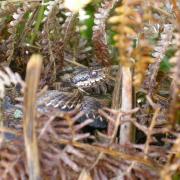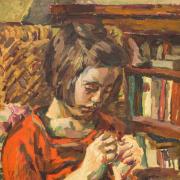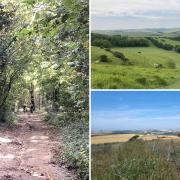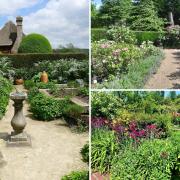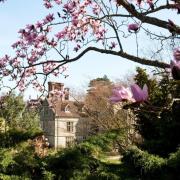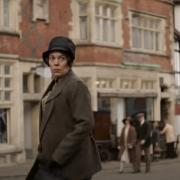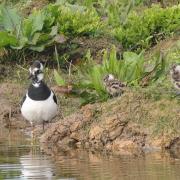The son of a draftsman, art was always William Hobday’s favourite subject at school, and he has now been a pen and ink artist for about 14 years.

“I’ve liked drawing for as long as I can remember,” he says. Having studied furniture restoration and craftsmanship, William then turned his attention to nature, and now specialises in drawings of the Sussex countryside, from his home near South Chailey.
Of all his pieces, he says that Oak in Hedge with Blackbird means the most to him. “It’s because it took over three weeks to draw, and I wasn’t sure it would turn out right until well over halfway through…It may not have come to anything and all that work would have been wasted, but then it started to come together, and as soon as it did, I knew that it would be special.”
For others considering art as a career, William lists “passion and commitment” as the most important qualities needed. “You need to study the subject you wish to draw to get a good understanding of it. Be persistent, but take your time. You must put the time in to get good results. When I find something particularly difficult I stop for a short while, maybe do another part of the picture and then return to it.” He goes on to talk about dealing with criticism, which he says is all part of the game. “Don’t be put off. It’s easy to be sensitive to anything negative that’s said about your work, but it’s important to persevere.”
As to why he chose ink as a medium, he admits that although it is unforgiving, the end result is worth the risk. “There is very little margin for error. I keep another piece of paper next to the piece I’m working on, so that I can try anything new or difficult, until I’m happy with the result.” When using ink, William says it is also important to consider the quality of the paper. “I like to use good cotton paper, around 230 grams.”
As a largely self-taught artist, he says that there are some excellent books on the market, which will help with learning the technique, but is quick to add that for him it is more about the inspiration than the practical steps.
“Most of my inspiration comes from nature,” he says. “Although I am also inspired by other artists, such as Van Gogh, Samuel Palmer (a Victorian artist), and Fred Slocombe.” Of his work with nature, he says, “I can be out walking for ages and not get very far, because I’ve seen a tree or shapes in a hedge that interest me. I take a camera with me and record anything that I feel is atmospheric. This helps me to be creative, looking through the nature photos I’ve taken at a later date, and perhaps re-kindling a special moment or mood. For me, maintaining an intimate contact with nature is very important.”
In terms of where he is going with his business next, William talks about a picture framing business in Burgess Hill, which he is hoping to launch in the new year. “It will give me the opportunity to frame my own pictures, but I also like the idea of creating an atmosphere in a space where people who like art can come and visit, as well as getting a picture frame made.” He is also working towards possible selection for the Royal Academy’s Summer Show next year, having put two drawings forward, and been shortlisted.
William has lived in Sussex for about 30 years. “My brother and his wife moved here first, and after visiting a few times I was totally hooked.”
William’s current exhibition is at Lewes Framers, 1 Walwers Lane, Lewes, and is available to view now. He keeps most of his original work, but sells 25 limited edition prints of each.
To contact William about a commission, or to find out more about his work, email him at williamhobday@gmail.com or go to www.penandinkartist.co.uk.




